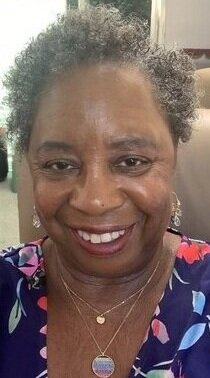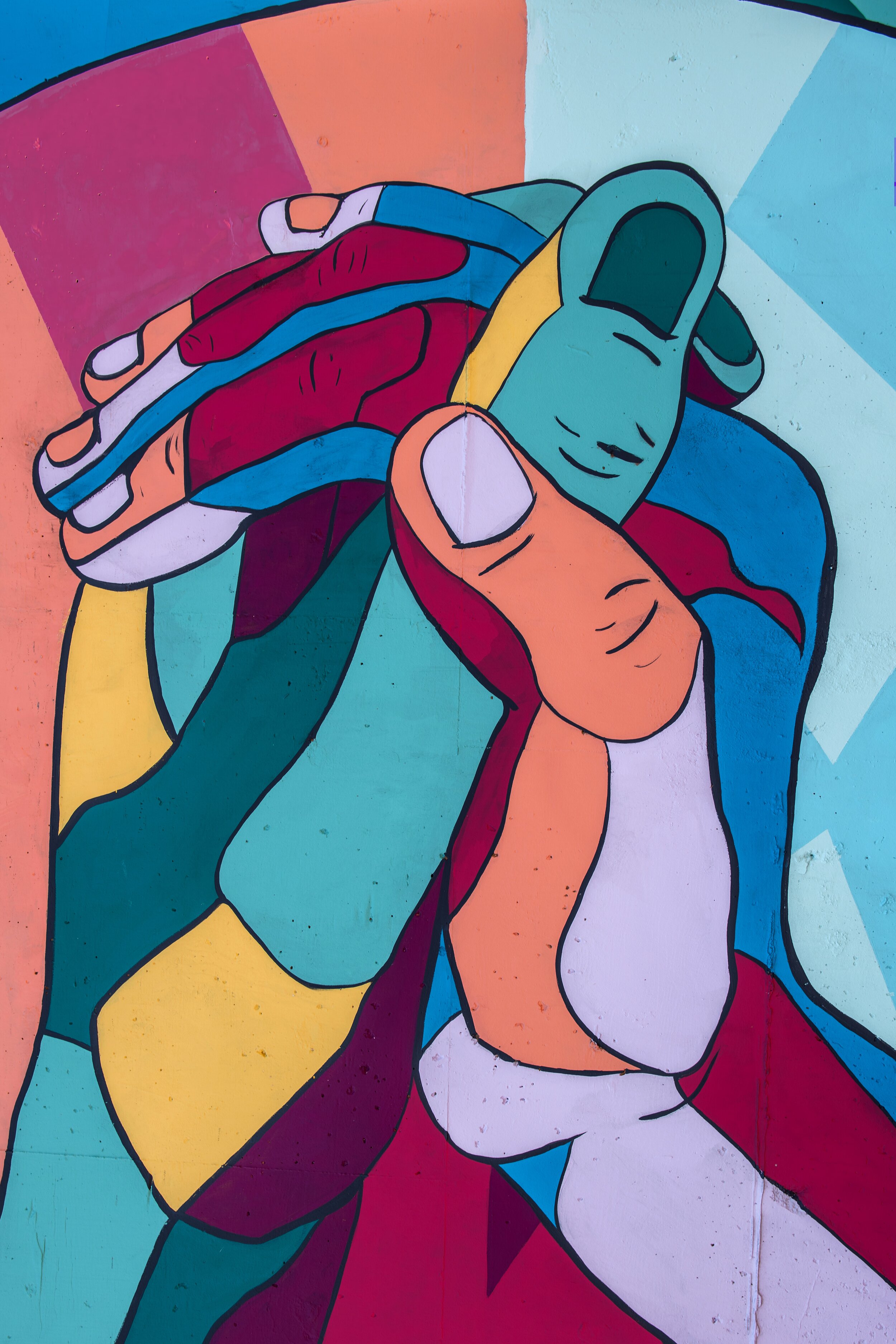For our "Humans of MHT" series feature this month, we will hear from Betsy Chin, AMFT, about destiny and how it shapes our world by both having us shape the world and having the world shape us.
Below you will find the interview.
Chelsea Small: Welcome, Betsy!
Betsy Chin: Hi Chelsea, how are you?
CS: I am good, how are you?
BC: I’m well, thank you for having me
CS: I am excited to talk to you today about humanness for our newsletter series.
BC: Yeah, I am excited too.
CS: My first question for you is, what does humanness mean to you?
BC: For me, when I think about what humanness means to me, it is deeply inextricably linked to our sentience. For me, sentience is a multidimensional subjective phenomenon of consciousness and being capable of suffering and having compassion. Being human includes our ability to ponder and reflect, our capacity to love, create, feel, connect, communicate, generate, and empathize. Those are all parts of our humanness.
CS: That is so beautifully put. It feels like you’re really speaking about our capacity to think and to feel.
BC: Yeah, definitely. Those elements that makes our existence, that separates us from all the other elements that exist, that deepness in ourselves to have capacity, the capacity to see, feel others, have emotions, have thoughts, have connectedness.
CS: You chose the chapter on destiny from David Whyte’s “Consolations” and I am curious what about destiny speaks to you. What about that chapter called to you and what meaning do you make of it?
BC: Yes, so the book by David Whyte called “Consolations” had all of these wonderful words that headed each chapter and I was drawn to the word destiny because it has and implies a pathway, a sense of destination. Inherent in it, it has a concept of both life purpose and perhaps alluding to a force, or powers, or energies outside of ourselves intertwined with our internal sense of agency or free will. When people talk about destiny, they talk about, “is this our destiny, is this something that I am either following on a journey.” The way David Whyte presents it in the chapter, he also talks about the way destiny creates a conscientiousness of shaping our world, like the way we are shaped by the world and then in turn the way we shape the world is in constant engagement. Then by our shaping, the forces turn around and shape us. I just really love that internal agency and external force in our lives as a pathway
CS: Yeah, I was thinking as you were describing that, it feels like you’re really speaking to the narrative and conversation that is born out of that relationship between internal and external.
BC: Yeah, absolutely. We hear these callings and voices within ourselves and pulls often greater than ourselves. A sense of destiny grants us possibilities, not just looking in our world at what is, but what can be. That constant internal modifying and balancing.
CS: It feels so deeply related to our work. I wonder how destiny and humanness show up in your work as a clinician.
BC: These two concepts both of them are the meaning we make around our destiny and our humanness shows up in my work every day because to be able to reflect and ponder and have compassion and connectedness, is that journey in which our clients come and in which the therapist comes into the room as an ally in this person and sees this sentient being in front of me that has the full humanness of love, connection, generativity, creation, suffering. All of these elements we were discussing earlier about humanness. The word destiny brings forth that narrative of the internal external dialogue of forces constantly in motion and engaging one another in the therapeutic space that is created. I feel that it supports and facilitates and guides the pathway the person is on. Destiny and humanness is present in every moment of my clinical work.
CS: That was beautifully put.
BC: I get the sense of when I look at someone’s narrative of their path, their story provides a sense of coherence or purpose that can be revealed when connect to our compassion and turn that humanness for compassion inwards to self-compassion, which we all can be out of balance with or missed on our journey.
CS: It feels like you’re talking about what happens in your work between you and the person you’re working with and also how that becomes internalized and becomes part of themselves and part of their internal process. The way it goes from being a relational process to being an internal process.
BC: Absolutely and as an ally to that person’s curiosity of that discovery of deepening that conversation with themselves. As you said, that internalization of both what’s happening externally and then shaping and molding the internal as well.
CS: That’s lovely. Thank you so much for sharing your mind about humanness and destiny with me today. I really enjoy hearing your perspective and a bit about your work.
BC: Thank you Chelsea, this was such a nice experience to ponder on. We don’t often have time in our busy lives to talk about the qualities of self-compassion, awareness, and humanness. It was such a pleasure, thank you.
CS: Thanks Betsy, bye.
Betsy Chin, AMFT, supports her clients on their paths towards authentic selfhood by exploring their truths and strengths. Betsy carefully considers the cultural context and lived experience of her clients when helping them navigate the complexities of their stories and relationships. Her tenured professional background in the arts also informs Betsy’s approach to her therapeutic work — she joins her clients in a creative process of meaning-making and change.
Chelsea Small, LCSW, believes in the transformative power of the therapeutic relationship to create a safe and fertile place for all aspects of the self to be witnessed, explored, and integrated in the service of growth. She understands psychic pain as a message from the parts of the self that are calling for attention and healing. She believes in the wisdom of the therapist-client dyad to attend to those parts and experience the full range of what it means to be human in all of its depth and beauty.








